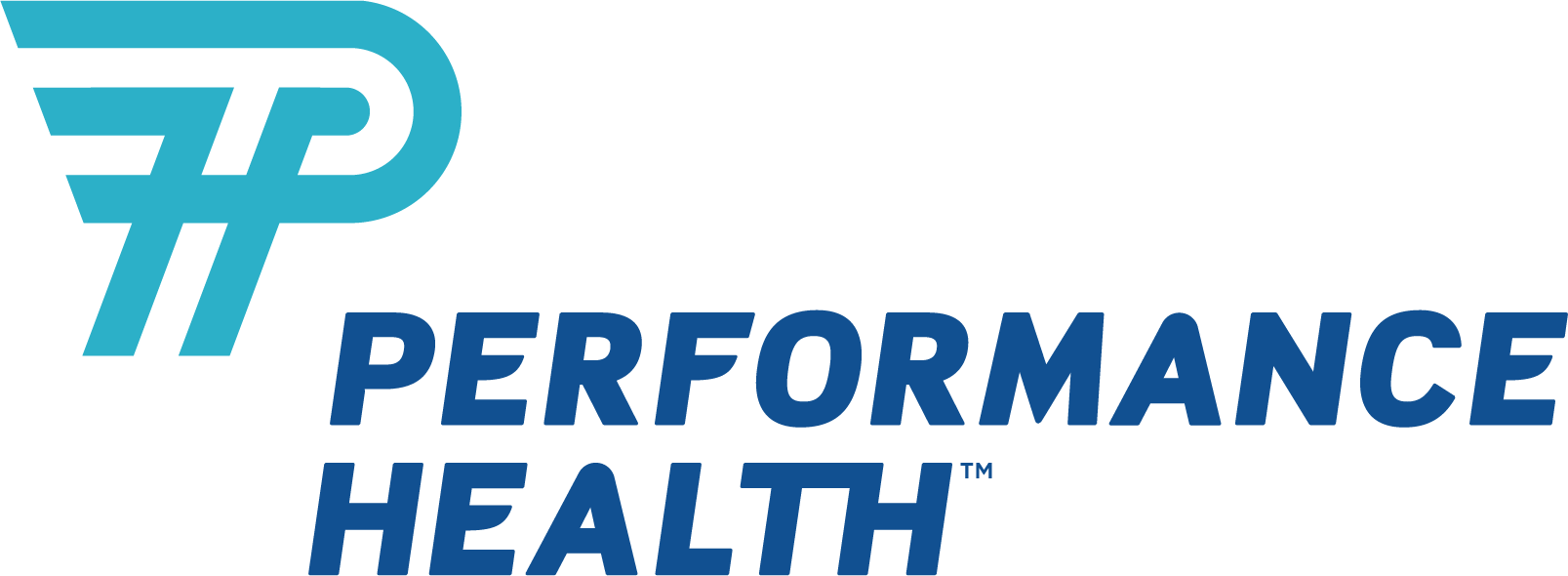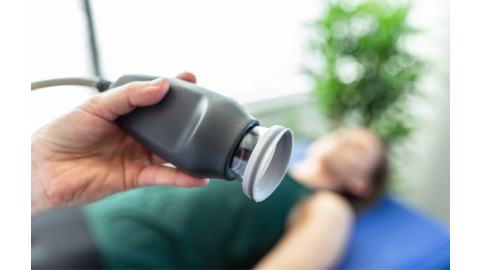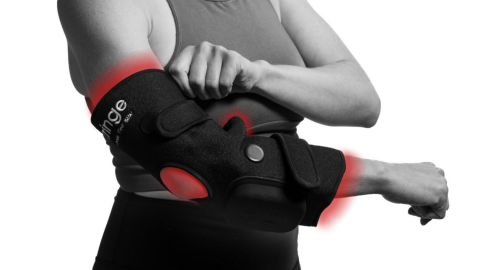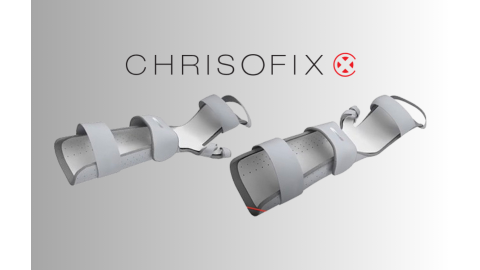Memory is an important part of our daily lives. That’s why it can be frustrating for veterans if they’re having trouble remembering people’s names or where they left their keys. Several conditions can cause memory problems, including stroke, dementia, traumatic brain injury (TBI), or just aging in general. Luckily, there are plenty of ways to improve cognitive function and cope with memory difficulties.
The CogSMART Intervention
CogSMART is a program that was developed with the assistance of VA researchers. This cognitive training program helps people improve their memory and attention. Veterans, civilians, patients with TBI, and people with other mental health conditions use CogSMART to improve cognitive performance.
The CogSMART Program has four key focus areas.
- Prospective Memory: remembering to do a planned action in the future (like remembering to take medication)
- Attention: forming a new memory based on conversations and paying attention during tasks (for example, remembering information after a phone call with your doctor)
- Learning Memory: recalling deeply encoded/learned information (like remembering someone’s name)
- Executive Function: problem solving, planning, and organizing (including remembering where you put your keys)
Learn how veterans can improve each of these key areas using the tips below!
5 Tips to Improve Prospective Memory
- Create a calendar
- A calendar is a great way to remember appointments, birthdays, job interviews, meetups with friends, and other important events.
- You can purchase a pocket size calendar or use your phone or tablet.
- Be sure to check it every day and keep it with you at all times so you don’t miss something important.
- Use “can’t miss” reminders
- Stick reminder notes in places you can’t miss. For example, if you drink coffee every day you could put a note saying “check calendar” on your coffee pot. Chance of rain tomorrow? Stick the umbrella in your shoes so you won’t forget it. You could even hang a bag on your door that contains the items that you need to bring with you.
- Put things in automatic places
- Pick a place to keep your valuables, like your phone, keys, or glasses, so you automatically place them there when you get home and know where to check when you can’t find them.
- Link your tasks
- Habits are hard to break. This makes them a great memory aid when linking new tasks. Choose something you already do every day, like brushing your teeth, and link it with the new task you want to remember, like taking your pills. At first, you might need a note, but eventually the second task will also become a habit.
- Make a list
- Lists are a great way to keep track of things you need to do in the future. Whether you’re making a shopping list or writing down medications and dosages, lists can help you remember what you need to do later.
4 Tips to Improve Attention
- Pay attention during a conversation by following L.E.A.P.
- Listen actively: Focus on what the person is saying and show you’re listening by turning toward them, leaning in, and maintaining good eye contact.
- Eliminate distractions: Think about what keeps you from giving your full attention to the conversation. Is the TV distracting? Are your kids being too loud? Try to reduce these distractions so you can focus.
- Ask questions: During conversations try asking questions, ask that the person speak slower, or to repeat information if necessary.
- Paraphrase: Repeat what the other person said in your own words. This helps ensure you understood correctly and makes the information easier to recall later.
- Pay attention during tasks
- Ask questions to make sure you know what to do.
- Paraphrase so you can confirm that you understood the task correctly.
- Self-talk, talking to yourself, can help you remember what to do. For example, if your spouse asked you to make the kid’s lunches, unload the dishwasher, and vacuum the crumbs up from under the table, you could use self-talk to help you remember it. “Lunch, dishwasher, vacuum. After I finish making the lunches, I’ll put away the dishes, then I’ll vacuum the floor…”
- Practice attention using games and activities
- Use Activities to Sequence cards to practice organizing images of the steps to common tasks in the correct order.
- Practice paying attention using What’s Missing cards to identify changes between two pictures.
- Follow the steps in L.E.A.P. during conversations with coworkers and friends.
- Put together puzzles to use cognitive, attention, and fine motor skills all at the same time.
- Take breaks as needed to re-focus
- Taking a short break to walk around, get a drink, or stretch can help you re-focus and concentrate when working on a long task.
- Ready for a stress relief break? Use a stress ball squeezer during your break time or while completing your task.
6 Tips to Improve Learning Memory
- Write things down
- This is a great way to remember things because you’re encoding it four ways: You think about it, write it, read it, and hear it when you read the reminder out loud. Plus, you can look back at your notes (just in case you forget).
- Make associations or contrasts
- Link new information to things you already know. If you need to remember that your friend’s birthday is February 14th, you could remember it’s on Valentine’s Day. Trying to remember directions a new restaurant location? Maybe it’s across the street from a Starbucks you already frequent.
- Categorize the information
- This is a great strategy for shopping lists. While it might be hard to remember a long list that includes toothpaste, milk, deodorant, bananas, a hairbrush, and ketchup, grouping them into toiletries and food makes it easier to remember. Then you can just think of the category “food” to help you remember “milk, bananas, and ketchup”.
- Create acronyms, rhymes, or songs
- This is a tool often used in schools. Maybe you learned ROY G BIV as an acronym to remember the colors in the rainbow. Acronyms use the first initial to stand for words, like ASAP or MLB. Rhymes like “Thirty days hath September, April, June, and November…” are another useful way to remember information. You can make up your own to help remember important details.
- Remember names through imagery and questions
- Images are easier to remember. Picture the person’s face and a situation that will remind you of their name. For example, if you meet a Sandy Burn you could picture her on a beach roasting s’mores over a campfire. Need more help remembering names? Ask for a repetition, how to spell it, or for the story behind an interesting nickname. Repeat the name during your conversation and when you say goodbye to further encode it into your memory.
- Practice encoding and recall using Everyday Objects cards.
- Mix them up and take out a handful. Lay them out in a line and try to remember them using one of the techniques above. Turn away and try to write down the objects you remember. As you get better, try to remember not just the object, but also the correct order. You can also use them for practice if you have trouble remembering the correct word for common objects.
2 Tips to Improve Execution Function
- Practice self-care
- Get enough sleep, aim for 7-9 hours a night.
- Eat nutritious meals and drink plenty of water.
- Exercise. Work out using a TheraBand resistance band, try a yoga class, or go for a run to stay active.
- Take breaks when needed.
- Keep your brain stimulated. Crosswords, sudoku, and activities like Thinking Cards keep your mind active.
- The cards offer memory tips, ask you to brainstorm lists, have questions about past memories, and more.
- Stay organized
- Create and stick to a schedule.
- Make goals and plan specific steps on how to achieve them.
- Use a six step problem-solving strategy.
- Identify the problem.
- Brainstorm solutions.
- Evaluate the pros and cons of each solution.
- Choose your solution.
- Try your solution.
- Evaluate the outcome. If your first solution doesn’t work, choose a new one and try again.
Tools to Help You Remember
Do you need extra help with prospective memory?
A Voice Cue lets you record messages and sets times for them to be replayed. The verbal prompting can remind you of important tasks. You might also benefit from a medication organizer. By separating your pills by day and time, you can clearly see if you have already taken them. Need a little more help? Use a pill organizer that can beep or tell you to “please take your pills” to make sure you don’t miss a single dose.
Do you struggle with paying attention?
If you have trouble focusing while reading, you might want to try limiting the lines you can see. Take a piece of construction paper and cut out a small window. This lets you cover most of the text, making it easier to pay attention to a single line while reading.
Do you need an aid to help with learning memory?
Is remembering phone numbers becoming difficult? Maybe you need a photo phone. You can still dial, but you can also press a photo to call your nine most common numbers, making it easier to talk with your family and friends.
Do you need help with executive function?
Another helpful tool is an object locator. They are several options. For most, you simply attach a receiver to items that are frequently misplaced. By pressing a button on the transmitter, the receiver will begin to make a high pitched beeping noise allowing you to find the missing object! Many phones also have an option that allows you to track them from your computer and make them play a sound so you can find your phone when it’s lost.
Ready to Improve Your Memory?
Follow the strategies above to get started! You can also fill out a memory workbook, follow the CogSMART app modules online, or contact your VA medical center for additional guidance. All of these tips and tools can help you improve your cognitive abilities.
References
CogSMART FAQs. (2019). Retrieved from https://bit.ly/2UNr5vO
Twamley, E.W. (2011). Compensatory Cognitive Training. CogSMART. Retrieved from https://bit.ly/2Gvthzf
Twamley, E.W. and Jak, A. (2019). CogSMART program improves Veterans’ cognitive functions. Retrieved from https://bit.ly/2IqYNAv
Medical Disclaimer: The information provided on this site, including text, graphics, images and other material, are for informational purposes only and are not intended to substitute for professional medical advice, diagnosis or treatment. Always seek the advice of your physician or other healthcare professional with any questions or concerns you may have regarding your condition.








 France
France Australia
Australia






